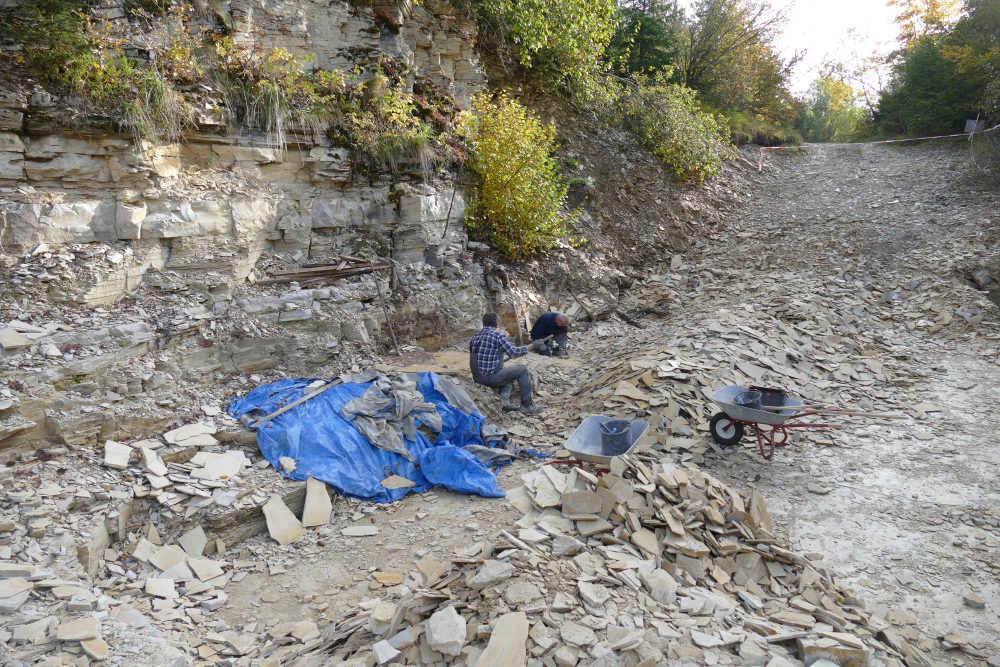A 155-million-year-old brittle star fossil has been declared a remarkable and “incredibly rare find” by a team of scientists. The beautiful specimen is remarkably intact, and preserves a delicate moment in which the individual was completing the process of cloning itself.
Where do baby brittle stars come from? It’s an unusual question with a curious answer, as like starfish, they can make new versions of themselves by splitting in half and regrowing missing body parts.
We know a lot about the process – called clonal fragmentation – but when it began was something of a mystery. Now, a new study has described a remarkable world-first fossil that has preserved a 155-million-year-old brittle star in the process of regeneration.
This is an incredibly rare find that provides readily visible smoking-gun evidence for clonal fragmentation.
Dr Ben Thuy
“The fossil shows that fissiparity, or clonal fragmentation, dates back at least to the Late Jurassic,” Curator Dr Ben Thuy of the Palaeontology Department of Musée national d’histoire naturelle told IFLScience. “Even more exciting is the conclusion that clonal fragmentation has been linked to a sixfold body symmetry and an epizoic lifestyle, i.e., life on a host organism, from the beginning, suggesting that these features evolved together.”

The chance find has turned out to be a pivotal fossil in our understanding of clonal fragmentation.
Image credit: Gunter Schweigert
Dating back to the Jurassic, it tells us that this mode of reproduction has deep roots in evolutionary time, occurring among brittle stars that were alive when giant sea monsters were terrorizing the oceans. What makes the fossil even more remarkable is that it captured such a specific snapshot in time for this individual.
“What fascinates me most is the fact that the specimen was frozen in time at exactly the right moment, i.e., during the relatively short time interval between splitting and full regrowth of the missing body half,” said Thuy. “This is an incredibly rare find that provides readily visible smoking-gun evidence for clonal fragmentation.”
Such a dazzling specimen deserves a memorable name, and it got one: Ophiactis hex. Terry Pratchett fans may recognize it as a hat-tip to Unseen University.
“My co-author Lea Numberger-Thuy is a huge fan of Terry Pratchett’s Unseen University, and when she came up with the name suggestion, we were all thrilled,” added Thuy. “Not only is ‘hex’ hinting at the sixfold symmetry of the new fossil, but it also primarily celebrates Terry Pratchett’s revealing view of academia.”
The study is published in Proceedings of the Royal Society B: Biological Sciences.
Source Link: World-First Fossil Of A 155-Million-Year-Old Brittle Star Mid-Cloning Itself